- Tang Xuanzhang's journey westward recorded in "The Great Tang's Western Regions" is simply shocking!

China has the largest number of Buddhists in the world. Buddhism has many denominations, many of which originate in India. However, most of the scriptures are written in Sanskrit, which has hindered the introduction of Buddhism into China. Due to the difficulty in translation, many opinions have been formed, and various factions have disputed each other and are extremely chaotic. This situation continued into the Tang Dynasty, and many aspiring monks wanted to go to India to see what was going on and to worship the most orthodox scriptures, but few of them did. Under such circumstances, Xuanzang decided to embark on a journey to study Buddhism at Tianzhu, bring back scriptures, and end this situation.

Basic route
Departing from Chang'an—out of Yumen Pass—now Xinjiang, ancient western region—entering Central Asian countries, passing onion ridge—ancient Persia, now the Iranian territory (Thuoluo) crosses the Hindu Kush mountain—present Afghanistan— Kashmir Plateau-present-day Pakistan Indus Valley-present Nepal-crossing Ganges, North India

Key places of business
Chang'an (now Xi'an, Shaanxi): the place where Xuanzang started and translated the scriptures
Liangzhou (now Wuwei, Gansu): Ancient Silk Road Town, 2/3 of the population was foreign merchants when Xuanzang started
Yumen Pass (now Anxi County, Gansu): Border Pass at the beginning of the Tang Dynasty
Gaochang's Former City (now Turpan, Xinjiang): The Turning Point of Xuanzang
Lop Nur: the famous ancient country of Loulan, Xuanzang returning via Loulan
Lingshan (Mosul Ridge today): Tianshan adventure;
Broken Leaf City (now Kyrgyzstan): a famous ancient Western Region city
Wu Jianguo (present-day Samarkand): Silk Road city, the "China Gate" was built here in the Tang Dynasty
Daxue Mountain (now Kush Mountain in Xingdu): Xuan Zang calls it "the big headache mountain"
Vannana, Afghanistan (present-day Bamiyan area): Famous Bamiyan Buddha and Reclining Buddha
Kashmir Plateau and Peshawar, Pakistan: Prosperity of Early Buddhism
Nepal, India (crossing the Ganges, New Delhi-Lumbini-Nalanda)

Importantly
627 (the first year of Tang Zhenguan) set off from Chang'an in August-Qinzhou (today's water)-Lanzhou-Liangzhou (Wuwei)-Ganzhou (Zhangye)-Suzhou (Jiuquan)-Guazhou ( Anxi)-Cross the Hulu River (Gully River).
To Tangyumen Pass (two towers on the south bank of the Shule River, 50 kilometers east of Anxi County)-ten miles past Xulu Pass along the Hulu River-pass five miles. Line eighty miles to the first peak (Bai Dunzi)
-Avoid the second ridge (Red Willow Garden) and the third ridge (Oizumi). Straight to the fourth ridge (Malian Well) --- Bypass the fifth ridge (Xingxingxia) and head northwest for more than a hundred miles of desert.
--- Traveling through the 800-mile Hanhai (Mo Heyan) to Yiwu (Hami)
--- Baili City (Shanshan) --- Gaochang King City (Turpan)
-Wu Bancheng (Bugantai) -Afu Shiquan (Alabenbulak, Toksun County), staying on the side of the spring—Yinshan Mountain to the west (Kumushi Mountain in the south of Tianshan Mountain, north and south of Xinjiang) Boundary)
--- Enter Arjuni (Yixian County) --- Wangcheng (40-year-old old city of Shexian County). Cross the Peacock River, cross the Tiemenguan Pass, Luntai, and enter Qu Zhiguo (Guizi, Jinluntai, Kuche County)
-600 miles west to Balujia (Aksu)-300 miles northwest to Lingshan (Tianshan Bietieri Pass in the west of Wushi City in Aksu, 4284 meters above sea level, exiting the mountain will be in China) After seven days and nights over the steep iceberg, two young apprentices brought from Gao Chang died, and the soldiers were frozen ten to four.
——Four hundred miles in the mountains, to Daqing Pond (Isek Lake, northwestern Kyrgyzstan, also known as Atami) —Five hundred miles in the northwest of the lake, to Suye City (also known as broken leaves, today's Kyrgyz support Eight kilometers southwest of Quemak)
--- 400 miles west, to Qianquan-150 miles west, to Daruosi City (now Jiangbul City, Kazakhstan)
-More than ten miles south, to Xiaogucheng (a small city of more than 300 households, all of them were Chinese looted by Turks)
-Two hundred miles southwest to Baishui City (Northeast Tashkent, Uzbekistan)
-200 miles southwest to Gongyu City-50 miles south to Zhichi Jianguo (Khan Abad, Tashkent, Uzbekistan)
-Two hundred miles west, to Shi Shiguo (now 50 kilometers west of Tashkent, Uzbekistan)
--- A thousand miles south to Pehan (between Uzbekistan and Kyrgyzstan)
-Traveling more than a thousand miles west to the Lissana country (Ferghana Basin, Tajikistan)
-—Go northwest into Datong (now the large desert between the Syr and Amu Darya)
-More than 500 miles to Wu Jianguo (3 kilometers north of Samarkand, Uzbekistan, the east gate of its inner city is called the China Gate)
- Westbound three hundred years, to Qu cream you Buddha country (one hundred kilometers northwest at Samarkand, Uzbekistan)
- westbound two hundred years, to drink defend the country (Uzbekistan wooden bar Bor)
- westbound four hundred, to catch drink State (Bukhara, Uzbekistan) - West four hundred, to cutting that country (Uzbekistan bamboo Seoul Fu)
- five hundred miles west, to facilitate learning cargo Micah country (Uzbekistan Jihua city) nearly Aral Sea here, as Xuanzang's journey to the westernmost - Southwest three hundred years, to Yonaguni Jie cream (沙赫里夏勃 hereby south of Uzbekistan)
- two hundred miles southwest into the mountains, re-board the Pamirs, previously crossing the northeast edge of the plateau Conglingxi is to go into the Western Turks, and now it will have to climb to reach the western edge of North India
- Mountain Line three hundred years, to ancient times an important transportation channel south of Central Asia, the Pamirs advantageous Pass - Tiemenguan (southern Uzbekistan Bent Dahl west)
- out of the gates, to see the loan Luo (Tocharian) old haunt, along the banks of the line to Tanzania honey country (the southern boundary of Termez, Uzbekistan)
- rows and six hundred years, the border patrol see the goods, to the Vatican Ramayana country. There are large statues, known as the Bamiyan Buddhas.
Vatican Ramayana country, but also among the snow-capped mountains. People depend Valley, ranked by Yap potential. National capital, according to Cliff Valley across six or seven miles long, north back Gow. There are places wheat, less fruit, animal husbandry and should, more than Yangma. Sequence strong cold air. Just Guang custom, multi brown leather clothing, also it should. The style of writing and the use of currency are the same as those of the country of goods and goods. The heart of Chunxin is very close to neighboring countries. From the top three treasures to the bottom of the hundred gods, we must lose our sincerity and dedication. Assessing the exchanges, the gods are now auspicious, showing signs of change and seeking fortune. There are dozens of Garan, thousands of monks, and the Zong Xue Theravada said that the Ministry of the World.
There is a stone Buddha statue in the northeast mountain of Wangcheng City, which is 145 feet high. There is Galan in the east, also built by the first king in this country. Galangdong has a flint stone Buddha statue, more than a hundred feet tall, cast separately, forming a total. There is a reclining statue of a Buddha entering Nirvana in Erlang, Sanli, which is more than a thousand feet long. "
-From here, head east into the Snow Mountain, cross the Black Ridge, and go to the test country of Gapi, which is now Kabul, Afghanistan.
Gabi tested the country for more than four thousand miles on Thursday, with snow mountains in the north and Hei Ling in Sanxian. The capital city is more than ten miles a week. Yigu wheat, more fruit trees, good horses, tulips. Strange exotic goods, gather in this country. The wind is cold, the human nature is violent, the words are vulgar and the marriage is disorderly. The writings of Datong saw the country of goods and logics, and their customs, languages and customs were quite different. Take woolen hair, clothing and skin brown. Money, silver money and small copper coins are different from other countries. The king, the saris, also has wisdom, bravery, deterrence of neighbors, and over ten countries. Love the people, worship the Three Treasures, and make an eight-foot silver Buddha statue at the same time, and also set up an uncovered assembly. There are more than one hundred schools in Garan, and there are more than 6,000 monks, and they have learned more about Mahayana teaching.
--- hundreds of miles southeast to the living country (Kundus, northern Afghanistan)-hundreds of miles west, to the drinking country (Balkh, west of Mazar-i-Shaf, Afghanistan)
-Southbound entry into the country of unveiling (De Haas City, Afghanistan)
--- Enter the Daxue Mountain in the southeast, and travel for six hundred miles, and enter the Vanayan Kingdom (Bamiyan, Afghanistan, there are Bamiyan standing stone statues blown up by the Taliban) --- 200 kilometers southeast of the Daxue Mountain, to Ogawa Get out of the Vatican Realm, cross Montenegro, and go to the test country of Gapi (Kabul Basin, Afghanistan)
-600 miles east, crossing the Hei Ling, entering the then North Indian region, to the country of turbulence (Ragman Province, northeast Afghanistan)
-Cross the river south to Nairobi (Jalalabad, Afghanistan)
In the autumn of 628 AD, Xuanzang entered the North Indian territory, and drove the country from that place (Jalalabad, Afghanistan).
-500 miles from the southeast mountain to Bulu Shabro, the capital city of Kendra (Northwest of Peshawar, Pakistan)
-100 miles northeast, crossing the Indus River to the city of Clothiera
-More than 300 miles to the southeast to Uduokhanda City (North of Atok, Pakistan, Indus River Ferry)
--- 600-mile trip to the mountains and rivers in the north, entering Uzhana (Northwest of Mount Dusiri, Northwest Frontier Province, Pakistan)
-Crossing the Indus River to the South-to Tancha Sera (near Week 1 of Rawalpin, Pakitan)
-500 miles to the southeast mountain, to the thorny corpse country (Northeast border of Pakistan) ——more than 1,000 miles to the southeast to climb the dangerous iron bridge
-To the state of Kashmir (that is, Kashmir, in Srinagar, now the Indian-controlled area of Kashmir)
-Over 700 miles in the southwest over Sheshan, to the half country (now Punch in Kashmir)
--- 400 miles eastward, to the Kingdom of Jamalura (Lagaoli, southwest of Kashmir today)
-Seven hundred miles down the river to the southeast to the old city of Shegara (Silyakot)
-500 miles east to the Serbian country (Ferozpur, Punjab, India)
-One hundred and fifty miles to the northeast, to the rotten Dharma state (Jhalendar, Punjab, India)
--- 700 miles northeast to Quludu (northwest of Shimla in northern India)
-More than 700 miles southward, crossing the mountainous river to Shedotulu (Saudi Reti river basin in northern India)
--- 800 miles southwest to Poriyetara (Berat region, Uttar Pradesh, India) and entering the central Indian territory
-500 miles east to the Rabbit Country (Mahori, southwest of Madura, India)
-More than 500 miles northeast, to Sata Ni wet cut (Taneshahr, Punjab, India)
--- 400 miles eastward to Luluqina (north of Rotak, North India)
-800 kilometers east of the river, crossing the east bank of the river to Pandipalu (Mandaval in Rohirkand, northern India)
-More than 300 miles northbound to Borneo Monastra (Garwar, Northern India)
-More than four hundred miles southeast, the State of Tamara (Ramnagar, northern India)
-Two hundred miles southbound, crossing the river, southwest to Pilonana (Belshar, North India)
-200 miles eastward to other countries (Farukabad, India)
-More than 200 miles to the southeast, to Jie Ruoju of the King of the Sun (Tang Yanqu Women's City State, Kanaoji where the Ganges and Kari Rivers meet)
--- 600 kilometers southeast, crossing the Ganges, south to Ayutuo (Apuyi, Fatpur, India)
--- Three hundred miles eastward, north to Ayyou France (Bella and Rebared, northern India)-More than seven hundred miles southeast, to Peroyagya (Allahabad, Uttar Pradesh, India) The Lord of the Rings is held here every five years.
--- Enter the large forest in the southwest and travel for 500 miles to the Overseas Chinese Rewarding Country (Kesan, about 50 kilometers southwest of Allahabad, India) --- Travel for more than 500 miles in the east, to Soghar (Bishop, India)
-500 miles to the northeast to Shirova Siddi (formerly known as Shey Acropolis, about 20 kilometers northwest of Barrampur, northern India, see Buddhist relics, there is a lonely garden for Central India, Buddhist saying Important place on the sidewalk)
-More than 500 miles to the southeast, to Jilbirovava (the old state of Capricorn, now in Nepal)
Calvary is a country where the Buddha was born (now called Lumbini Holy Garden). Is the kingdom of Jingfan Wang. There is a Sanctuary King Tower (Asoka Tower). Jabirova is also a transliteration of Sanskrit Kapilavastu. The free translation is yellow, which is the hometown of Shakyamuni.
"Sounds and Meanings of All the Sutras": "Jilbi Luovalan blocked the country, the old state of Gabriella, or Jira, all Sanskrit language is also the realm ruled by the King of Pure Rice, the birthplace of Sakyara." "The city of Gabriola has a cloud, Capilor, and Rongdu, and those who speak Gabriol have yellow clouds; those who are capitals also have their place. It is said that there are yellow-headed immortals in ancient times, and according to this, the ancient name is also Taoist. "The country is located in the present-day Badaliyah region of Nepal in the southern foothills of the Himalayas.
The birthplace of the Buddha is "Arrow of Springs, eighty or ninety miles northeast, to Lavanirin, there are seed baths. Clarity is bright, and flowers are pervasive. Its twenty-four to five steps in the north, there are no worry flower trees, now withered Alas, the birthplace of the Bodhisattva. The Bodhisattva is the second half of the eighth month after the month of the Vesak, when it is March 8th;
The Tung-tung River blocked the waves, built by the King of No Worries, and also at the Prince Longyu.
The Bodhisattva was born, and he walked in seven steps without help, and said to himself: "Heaven and heaven, only I have the esteem. I am going now, and my life has been exhausted." Follow the footsteps, and the big lotus flower. The two dragons burst out, living in the void, and each spit water, one cold and one warm, to bathe the Prince. "
——The body of Kailuo, which is Kailuan, is the place of Buddha Nirvana. "Thirty-four miles northwest of the city, crossing the Aldo Dovaldi River, (Tang Yan is invincible, this world is called ears. The old cloud Alirobati River, 讹 also. There is a golden river.) Not far from the West Bank, to the Luo Lin forest. Its trees are misty, but the skin is green and white, and the leaves are very smooth. The four trees are extremely tall, as is the place of silence. "
"Besides, there are waves blocking the waves, built by the King of Worry-free. Although the foundation collapsed, it is still more than 200 feet high. The stone pillars were built in the past to remember things like silence. Although there are written records, the sun and the moon are not written. Wen Zhuxian It is said: The Buddha enters Nirvana in the 80th year of his birth, and the fifteenth day of the 15th day of the last month of the Vesak, and this March 15th. Saying that there are all parts, the Buddha enters the Nirvana in the second half of the eighth day of the month On September 8th, too, since the Buddha Nirvana, the dissent of the ministries, or the cloud for more than 200 years, or the cloud for more than 300 years, or the cloud for more than 500 years, or the cloud has passed nine hundred, less than millennium."
——From 1400 to 500 miles northwest, over mountains and valleys, to the country of Neporo. (Central India, now Nepal).
-Crossing the Suga River (now Ganges) to the Mojedot Kingdom (Batna and Gaya (Geya) in Bihar, India, the capital is a king's house, a few kilometers north of Rajidhir, India) .
The King of Mojie, the worry-free king of the kingdom, lived in the 100th year after Nilai Nirvana, and was prestigious. There is Jingshe. Such as enlightenment here. For example, after the eighth day of the last month of the Hindu month in India, the awakening is so positive, and this March eighth too. The upper part of the seat is the second half of the fifteenth day of the month. Is when the next year thirty years old. Or say thirty-five years.
Ruo Ju country. Thousands of miles on Thursday. The capital city of the country faces the Tonga River to the west. Xuan Zang meets the King of the Sun in the National Song Girl City. And the practice will.
The King's Shrine in the country of Mojedot and the Shrine in Saro's Kingdom lived where the Buddha lived for the longest time. In 631, Xuanzang reached the long-awaited Nalanda Temple in the country of Mojietuo, about early October. This is his fifth year leaving Changan. The site of Nalanda Temple is in the village of Bargun in Patna County, Bihar, India.
Notes
The birthplace of the Buddha was Lumbini, located in Rupandhi County, southern Nepal, more than 300 kilometers from the capital Kathmandu, and about 20 kilometers from Uttar Pradesh, India.
The Legend of Shakyamuni
The location of Lumbini is a small country established by the Shakya tribe. Before conceiving, the queen Mayer returned to her ancestral home for delivery according to the custom and passed through Lumbini Gardens (at the time it was the rest of the Buddha ’s temple, the grandfather of the arm of the Buddha, Shakyamuni ’s Heavenly Arm City, Bodhi). She climbed Luo Shuangshu and gave birth to a male Baby, this baby boy's name is Siddhartha Gautama Shakymani.
Seven days after the child was born, Mrs. Mayer died, and Prince Siddhartha was raised by her aunt. Prince Siddhartha looks dignified and talented. His father Jingfan Wang had great hopes for him. At the age of 16, he married a beautiful princess in a neighboring country. At the age of 29, Siddhartha abandoned the noble status of the prince, parted from his wife and children, shaved his hair, and visited famous teachers in the wilderness of the mountains to solve the pain of life. At the age of 35, he finally realized under a bodhi tree. He has since founded Buddhism. After enlightenment, he preached and taught in the Ganges River for a long time. Later, his disciples preached in South and Southeast Asia, as well as in Kashmir, Pakistan, Afghanistan, and the Western Regions, until China, Japan, and North Korea.
More than 1,500 years ago, a monk from the Jin Dynasty, Fa Xian, visited Lumbini. Master Xuanzhang recorded his experience here in the sixth volume of The Tang Dynasty. According to statistics, Xuanzang's westbound study lasted 17 years, 50,000 miles on foot, passed 138 countries at that time, and brought back 657 Sanskrit Buddhist classics.

With his broad mind and ambitious ideal ambition, Xuan Zang's brave self-sacrifice spirit and great fearless consciousness truly reflected the core concepts of Buddhism. The attitude of being for others and beings is reflected in his life. While completing self-pursuit, he also completed the concept of pursuing all beings in Mahayana Buddhism. Author / He Xin Editor / Zhao Yongjing
Comment
 Praise
Praise
 Collect
Collect
 Comment
Comment
 Search
Search


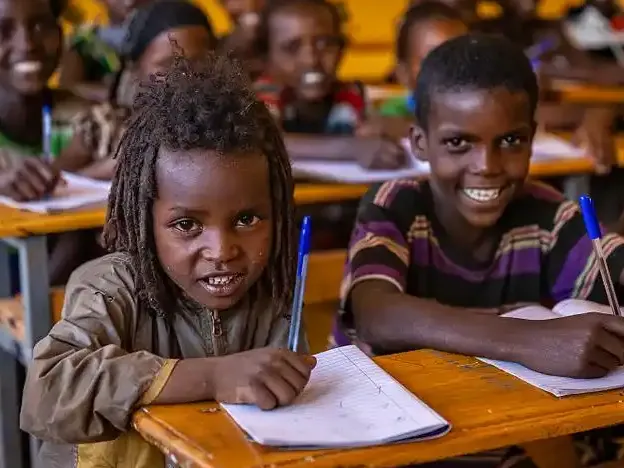
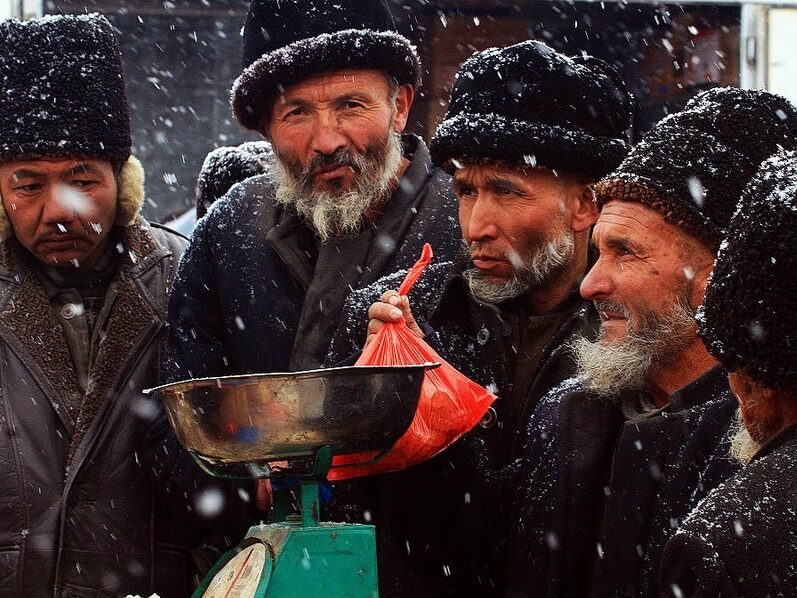
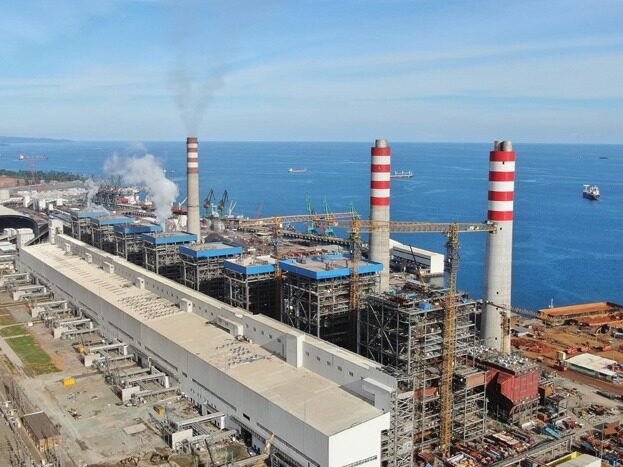
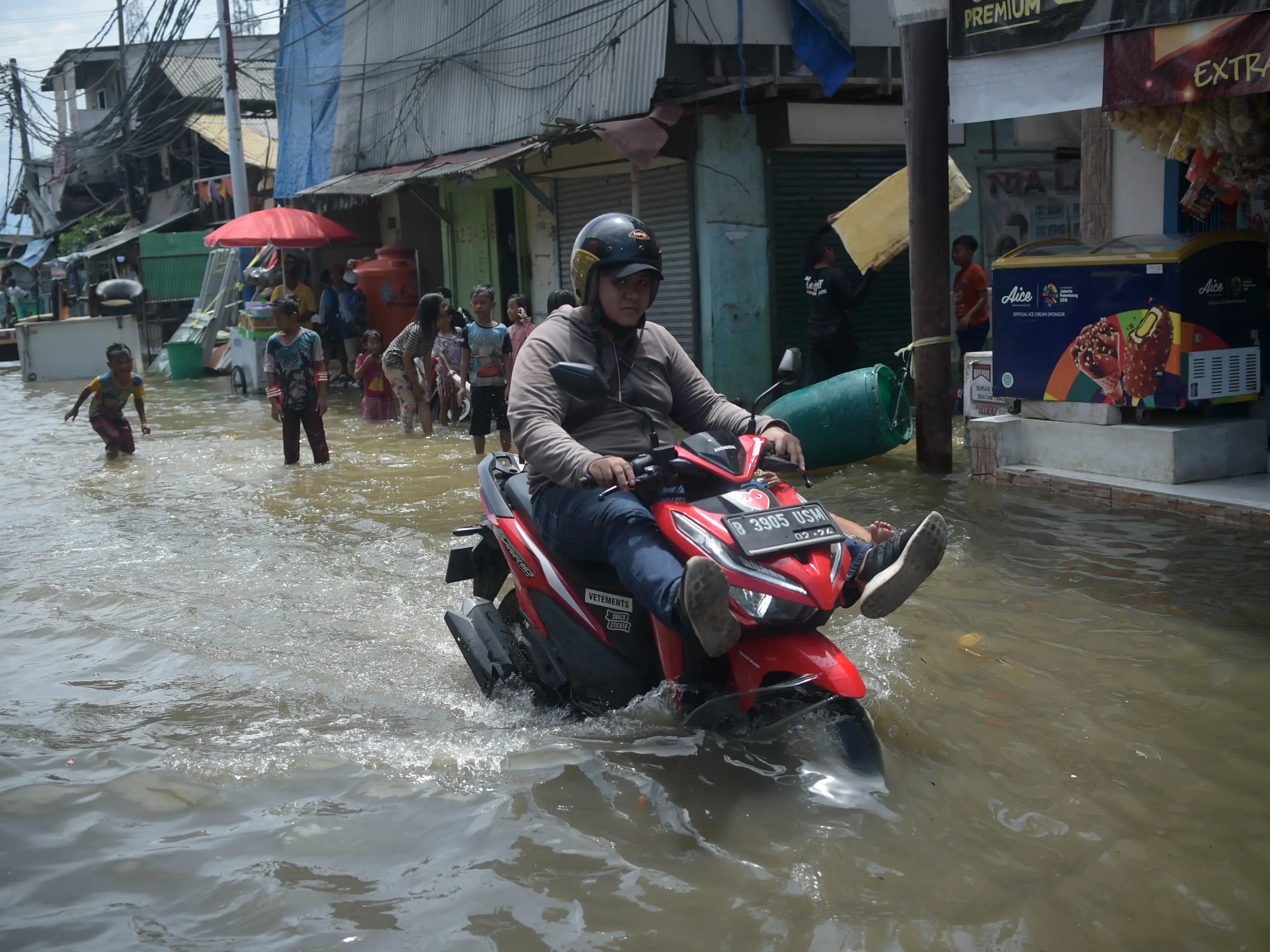
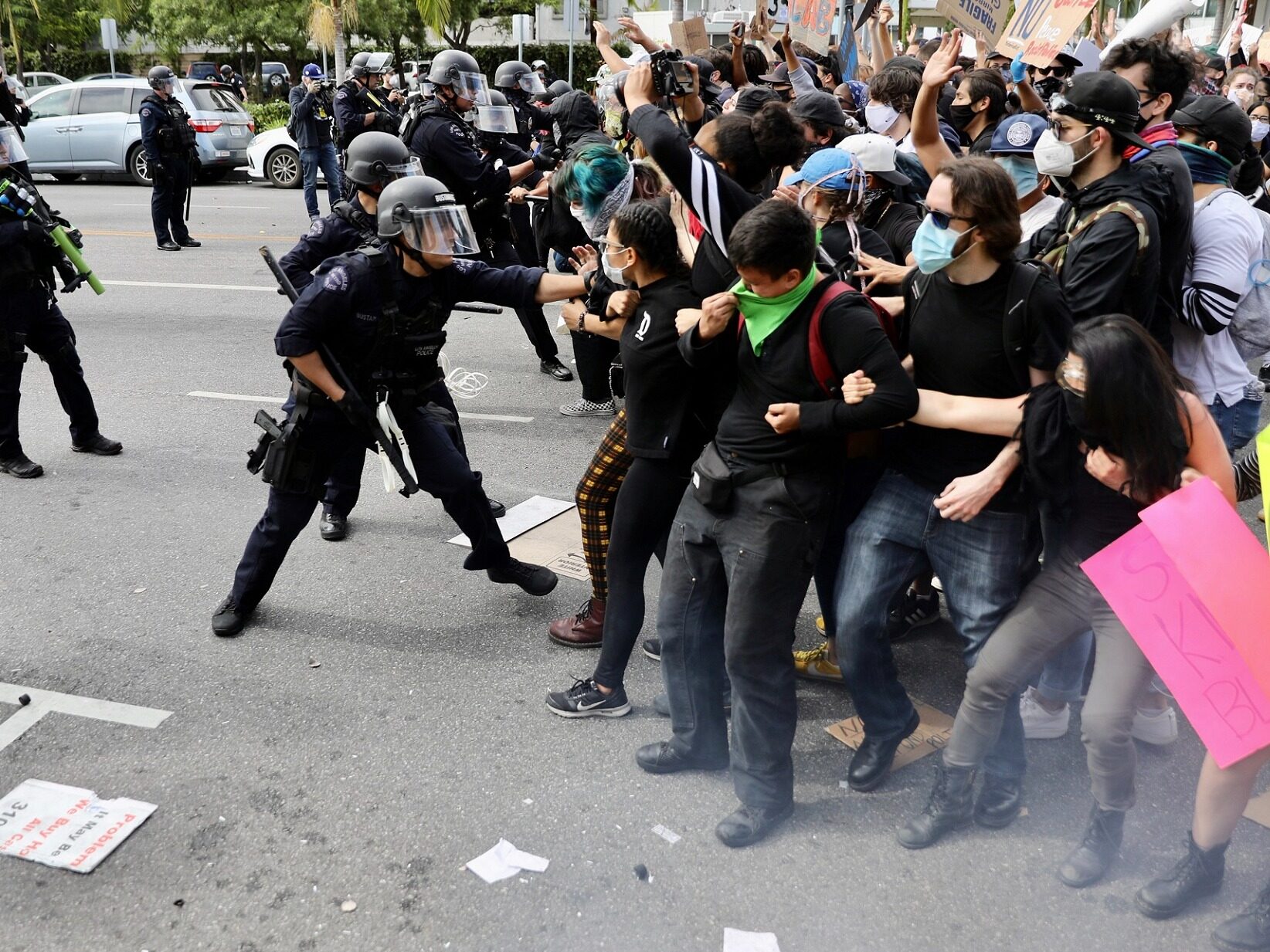
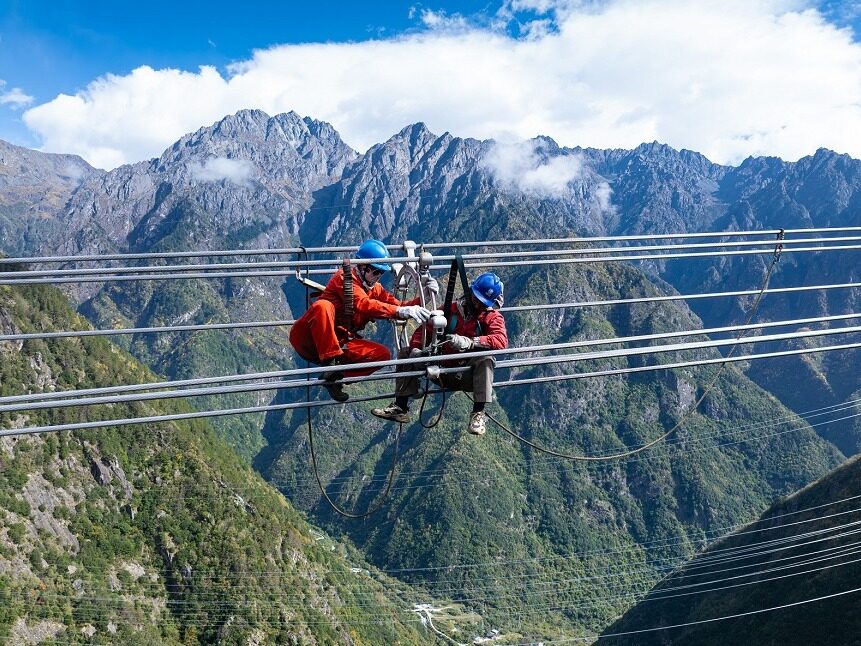






Write something~